What is Autism?
Autism, or autism spectrum disorder (ASD), is a range of conditions defined by specific social, speech, and behavioral challenges. Each level of impairment on the autism spectrum is affected by both environmental and genetic factors, impacting the development of certain areas such as social interactions, play activities, and communication skills. This developmental disability typically appears by age 2 or 3.
Autism affects each individual differently, which is why it is considered a spectrum disorder. The Autism Society of America claims autism is the fastest-growing developmental disability, estimating that approximately 1 in 59 children has it in the United States alone. While there is no cure, early diagnosis and intervention can lead to improved outcomes, such as reducing the cost of lifelong care by two-thirds.
Autism is impactful for both the individual and their family. The cost of caring for a child with autism can reach as much as $2.4 million over their lifetime. 60% of these costs are in adult services, with only 35% of young adults with autism not having a job or receiving education past high school.
HOW IS AUTISM DIAGNOSED?
A usual diagnosis is around the age of 2 or 3. However, individuals can be diagnosed much later in life. There are a number of physical and mental health conditions that commonly accompany an ASD diagnosis, including epilepsy, ADHD, and OCD.
The Autism Diagnostic Observation Scale (ADOS) is the primary tool used for assessment, alongside the Autism Diagnostic Interview-Revised (ADI-R). The ADOS is an observational tool done during play, including direct observation and interaction with the child. And the ADI-R is an interview conducted with a caregiver.
The diagnostic process also eliminates other underlying causes for the deficits, including heavy metal poisoning, hearing deficits, and many others. Other assessments such as the Vineland Adaptive Behavior Scales and IQ tests are conducted to show skills different from peers. The Childhood Autism Rating Scale (CARS-2), GARS, and the MCHAT are common rating scales but are not sufficient for an actual diagnosis.
WHY IS EARLY AUTISM DIAGNOSIS, EDUCATION, AND THERAPY IMPORTANT?
Early diagnosis and intervention can help improve ASD symptoms which can lead to the level of severity reduction. As a child ages, it can be more difficult for skill and learning deficits to be improved. Early childhood is when the learning rate is the highest, so it is easier for behaviors to be learned or worked on with early intervention.
AUTISM THERAPY SERVICES
There are several different therapy options available for children and adults with ASD.
ABA Therapy: Applied Behavior Analysis works to understand and change both positive and negative behaviors. This treatment is adaptable and can be tailored to fit the needs of each individual. It can be provided in several different environments. Several techniques fall under the umbrella of ABA therapy.
Natural Environment Teaching: NET utilizes a child's natural environment to help them learn and transfer these learned skills and behaviors to other environments.
Verbal Behavior: VB helps teach language and communication, explaining why and how words are used in communication, as well as the value of social interactions through language
Pivotal Response Treatment: PRT is play-based and initiated by the child, aiding in developing communication and social skills. This technique focuses on certain areas, such as motivation, rather than specific individual behaviors.
Occupational Therapy: Occupational therapists’ expertise is in social, emotional, and physiological effects of illness, which enables them to help children with autism develop certain skills. Occupational therapists can use play activities, developmental strategies, and adaptive strategies to help teach motor and social skills that are necessary for activities performed daily. OT is most often used to teach fine motor skills, such as fastening buttons and using a fork.
Speech Therapy: Speech therapy can help challenges with language and communication. Verbal, nonverbal, and social communication can all be improved through speech therapy. Speech therapists can work on strengthening the mouth's muscles to more complex skills such as matching facial expressions to the right emotions.
TEACCH: The TEACCH Autism Program, otherwise known as Treatment and Education of Autistic and Related Communications Handicapped Children, focuses on addressing attention and function challenges with external structural supports, supplementing verbal communication with information that is visual or written, and structured social communication support. This approach works to increase a child's independence, flexibility, and self-perception.
HOW DO I GET ABA SERVICES FOR MY CHILD?
To get ABA services for your child, you can start by speaking with your pediatrician or another medical provider. Discussing ABA with a doctor can help determine if it will work well for your child. You’ll need to check to see if ABA therapy is covered by your insurance or where the funds will come from if it is not covered.
Before getting ABA services, you'll also want to figure out your preferences for your child: would you prefer services in school, at home, or a center? You can search Autism Speaks' directory for ABA providers or ask your child's teacher. You can call an ABA provider and ask any question you may have or request an intake evaluation.







